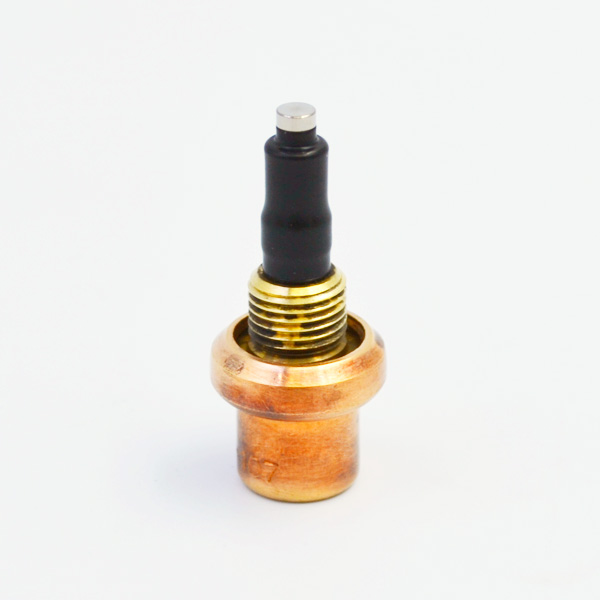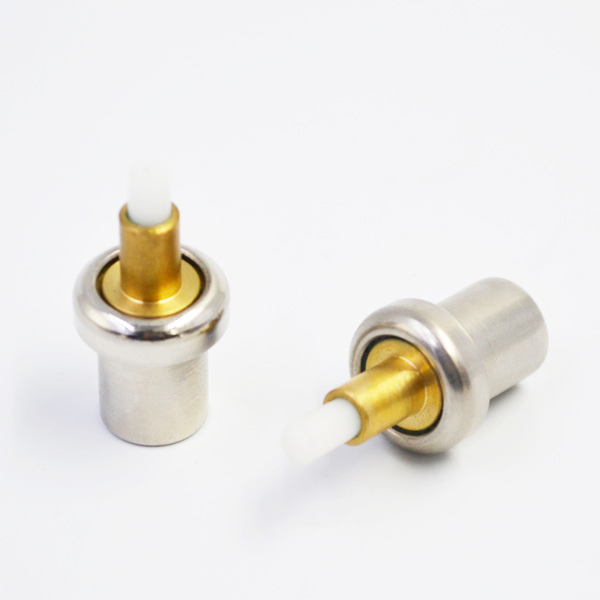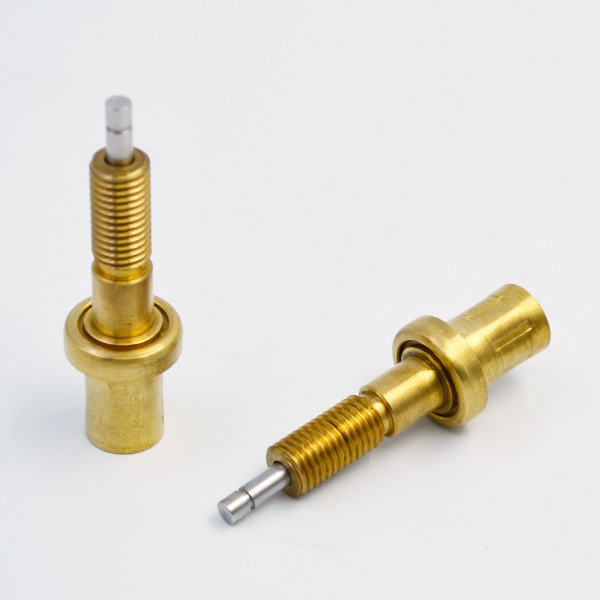Mobile phones have become the focus of design and innovation for many developers. Based on the research of the hardware and software structure of mobile phone, this paper proposes that the basic functions of mobile phone can be realized by using the development framework of QT graphical user interface program, which is composed of three parts. Hardware platform: It is divided into communication module unit, application processing module unit based on ARM core and input and output module unit. These three modules work together to complete the function of mobile phone.
This modular design method provides convenience for the opening, debugging and upgrading of the whole system; software platform: Bootloader, operating system, GUI (built through Qt); application software: this part is based on the software development and programming of communication protocol. The hardware structure of this project (mobile phone design based on ARM controller and Qt interface editing) is divided into ARM core board, power supply, peripheral functions (such as touch screen) and GSM module connected through serial port. By controlling the ARM core board through the operation of touch screen, and sending and receiving AT commands to the GSM module through the serial port of the core board, the functions of dialing, sending and receiving short messages are realized. The UI interface of the mobile phone is displayed through the display function of touch screen to realize human-computer interaction and increase the usability of the mobile phone.

The software structure of this project is to transplant QT5.4.1 to ARM4412 embedded development board under Linux operating platform. By programming the graphical interface of QT5 on PC, the interface of mobile phone and related functions (such as calling, sending short messages) can be constructed and realized.
In the actual design of mobile phone system, there are two types of data to be processed: communication data and application data.

According to the difference of data processing and the balance of design difficulty, a dual CPU solution is adopted in this design. According to this solution, the mobile terminal can be divided into communication module and application processing module. Application development based on Linux operating system is generally composed of target hardware (development board) and host computer (PC). Cross-compiling is to compile programs that can run in target development board by using a specific cross-compiler on the host platform.
The connection relationship between the two sides can be established through serial port, parallel port or Ethernet interface. Because embedded devices do not have enough memory and storage resources to write, compile and debug their own running programs locally, they need to use other devices (such as PC) to complete these tasks. This paper establishes a cross-development environment, that is, download the cross-compiler and transmit it to Ubuntu system.
Kernel transplantation is to recompile the corresponding hardware of the kernel support according to the selected hardware platform, so that it can run on the hardware platform. If there is no corresponding hardware driver or other kernel module, you can develop and add the corresponding development to the kernel together to compile and finally realize the hardware support. The process of kernel transplantation is as follows: (1) Download the kernel source code. (2) Configuration modification Makefile.

(3) Compile and generate mirrors.
(4) Burning mirror image. UI is short for User Interface. UI design refers to the overall design of human-computer interaction, operation logic and beautiful interface for software [4]. Good UI design not only makes the software personalized, but also makes the operation of the software comfortable, simple and free, which fully reflects the positioning and characteristics of the software.
After creating. UI files under the project, add the required space to each functional interface through the convenient drag and drop function provided by Qt Creator, such as LineEdit (line editing), thermostatic element pushButton (button), text Edit (text editing), etc. And the rational layout of the interface. Signals and slots are a call mechanism used for inter-object communication in Qt, which is different from the traditional function callback method.
Signal and slot are very important mechanisms in Qt, and they are the marks that Qt programming is different from other programming. Using the unique mechanism of Qt signal and slot, different controls are connected to corresponding programs to realize the functions of controlling SIM800 module’s telephone and short message by sending AT instructions. · Serial port editing QtSerialPort module is an additional part of Qt5 library.

Serial port can be edited by using QtSerialPort module.
With the rapid development of electronic technology, mobile phones play a more and more important role in people’s lives. This paper adopts ARM Linux scheme to build mobile phones and transplant Qt library into Linux kernel, so that Qt programs with strong cross-platform can run in Linux system. It also greatly strengthens the portability of products of this subject and realizes “one-time programming”.

The characteristics of different compiling environments and multi-platform applications provide a reference for future multi-platform APP and APK of Windows, IOS, Android, Linux and other systems.
